Six years ago, my partner and I decided to relocate from our cozy Victorian cottage in western, near the Blue Mountains, Sydney to northern Spain. There were numerous reasons for the “tree change,” the primary one being that we had both recently lost our mothers, and we were navigating a tempest of grief, individually and as a small family unit. I was nearing retirement, and, I have to say, burn-out, in a demanding job that encompassed social services and adult vocational education. Simply carrying on as normal was not going to work.
Spain is a country of seventeen autonomous regions – from arid Andalucia in the south, to green Galicia in the northwest – climate, language, and culture are distinct in each of her regions, so, it is a mistake to speak of “Spanish culture” when we describe how life’s landmarks are celebrated and marked. “Hatches, matches, and dispatches” are the milestones of Life in every country, and there are always commonalities. But there are differences too. And these distinctions are what I have observed in my new home.
I live in Galicia. Where Gallego is the official language, not Castellano. This is Celtic Spain, where our culture is strongly influenced by its Roman and Celtic history. In this proudly distinct region, people remain firmly attached to “Tierra y tradición” in all their rituals of life and death. And Tierra really does play a huge part. The Ribeira Sacra region where I live is the home of heroic viniculture – begun by the Romans, and continued by the first Christian monks. Grapes are grown under extremely difficult conditions – some hillside gradients reach up to 70%! Poor soil and intense humidity make the task of producing our exceptional wines even more difficult. The ability to endure huge physical effort, and demonstrate a supernatural tenacity is the backbone of our society. Gallegos are a determined and stoical people, who defy the stereotype of the “hot-headed latino.” Gallegos are reserved, stoical folk, with a dry sense of humour. Make a friend of one, and you have a lifelong relationship. They are open and kind, but they warm up slowly.
Cultural life is shaped by the rugged remoteness of Galicia’s mountains and ravines, the vast, ancient forests of oak and chestnut trees, and the pounding waves of the Atlantic Ocean. Gallegos are not born, they are hewn, from their Tierra. Life was/is tough. In the pueblos, a living must be coaxed from the land – farming, viticulture, and fishing have always built tough people. People who stick together in good and bad times. They say: “Kick one of us, and everyone limps.” Even in the cities, many of the inhabitants maintain their strong family connections to the villages (aldeas) of their ancestors, and, thus, local customs permeate the vibrant cities of Vigo, Lugo, A Coruña and Pontevedra.
Since making a home in my little corner of Galicia, I have observed first-hand how things are done and always tried to fit in. Here in my village, it is important to not only observe, but to participate too: one is only embraced if one also embraces. Some other migrants have failed to do this, and remain “ex-pats” who are not embedded in local life.
When a member of our community dies, a notice, banded in black, bearing appropriate religious symbolism, is immediately displayed in the windows of local businesses. So, everyone is informed. Generally, a requiem mass is celebrated in one of the ancient stone churches that surround us. Cars stop and heads bow when a procession passes. Attendees usually wear dark, conservative clothing. A Gallega friend told me that, specifically, red or pink are not worn, nor any other very bright colour. However, recent South American arrivals have brought a more vibrant tradition with them, and they dress joyfully to honour the departed.
I was born in the UK, and I spent a quarter of my life in Australia, where we generally hold funerals two to three weeks after loved ones have died. Here, the funeral and interment are carried out almost immediately – within a couple of days. Very fast. There is barely time to acknowledge that you have lost one of your own. The funeral ceremony is not so person-focussed – it is rare to have a detailed eulogy, and the trend, common in the UK, USA, and Australia, for photo montage or video presentations with secular music, is not evident.
Post-funeral traditions also differ. Attendees usually repair to a café after the ceremony, for a drink and some tapas, but there is no invitation to the family home for food and drink. Close relatives of the deceased are not required to host other mourners. This follows the social norms of the region: socializing is conducted out of the home unless it involves family.
Unless the “esquela” (announcement) says otherwise, you may send flowers, but gifts of money are uncommon. Only recently a new trend has arisen, and some relatives now ask mourners to donate flower money to an NGO of their choice, but that is still a rare occurrence. Some announcements will state that neither flowers nor “pésame” (formal condolences) are required at all.
Graveside protocol is also distinct: the grave stone is fixed in place while mourners are in attendance, which can be confronting. Burial is still the norm, ‘though cremation is becoming more common.
Gallegos are intense people: their joy for life, and their grief, are held with pride in mind. Yes, you will see tears at a funeral, of course. But there is still a reserve. They are very private people. There is no wild display of emotion.
In the six years that I have lived in my village, I have attended only two funerals. One was that of an elderly neighbour. I attended her cremation, and mass at the local church. Her husband and son were clearly stricken but maintained an impressive dignity throughout. The second funeral mass I attended was of a friend who was closer to my own age. She taught me Spanish, taught locals English, and her family straddled both cultures. She lived in the nearby town and was a very well-known, and hugely popular figure in our community. The large central church in town was packed with a host of people whose lives she had enhanced – most were not practicing Catholics – neither was she – but the traditional rites were followed nevertheless, according to custom.
What is common, worldwide, is the dreadful pain of loss, and the sadness that crosses all cultural and faith barriers, when someone we know and love leaves us. We may celebrate our lives differently, and we may mark our passing from this life differently. But our human hearts feel the same ache, and our eyes cry the same tears.

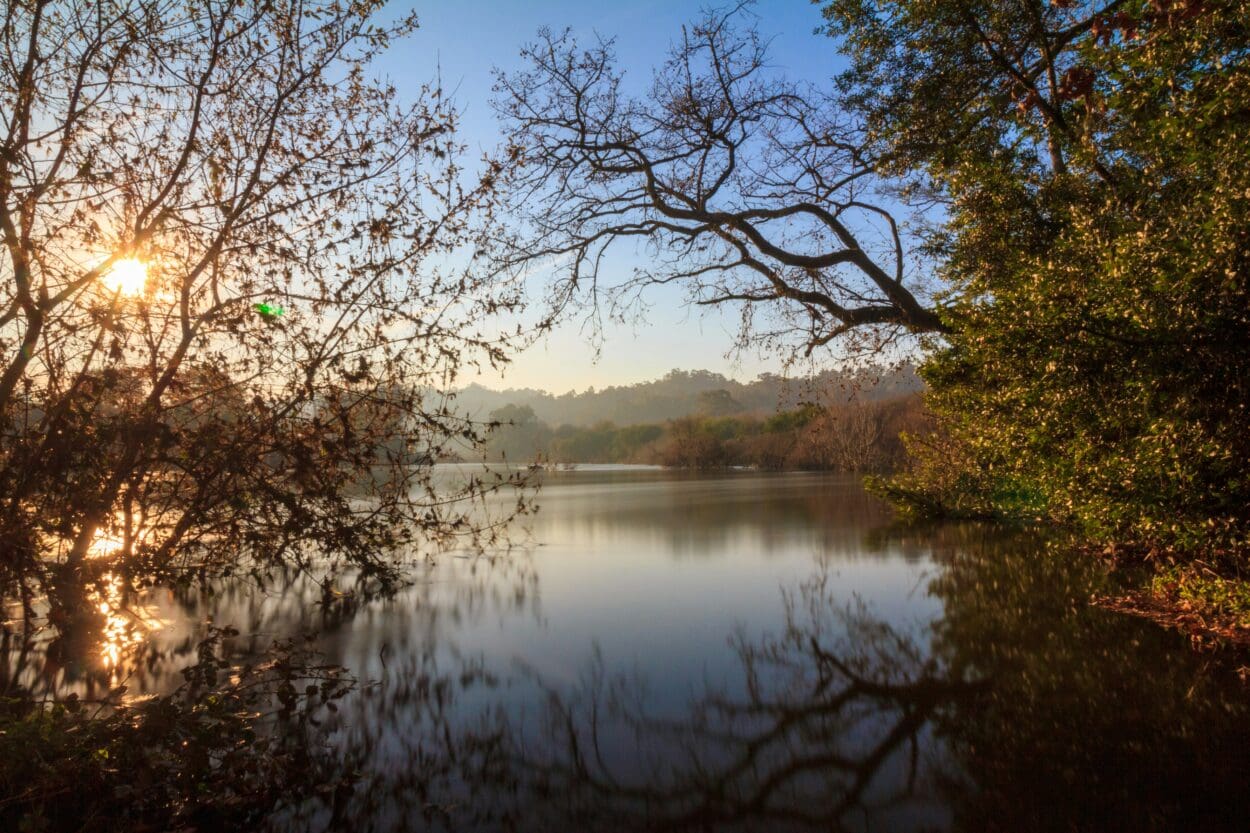

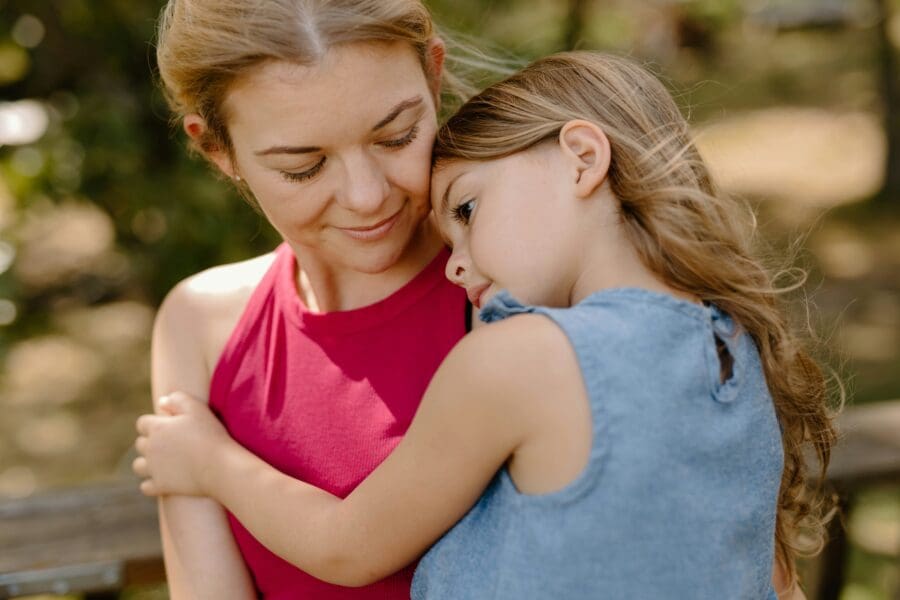
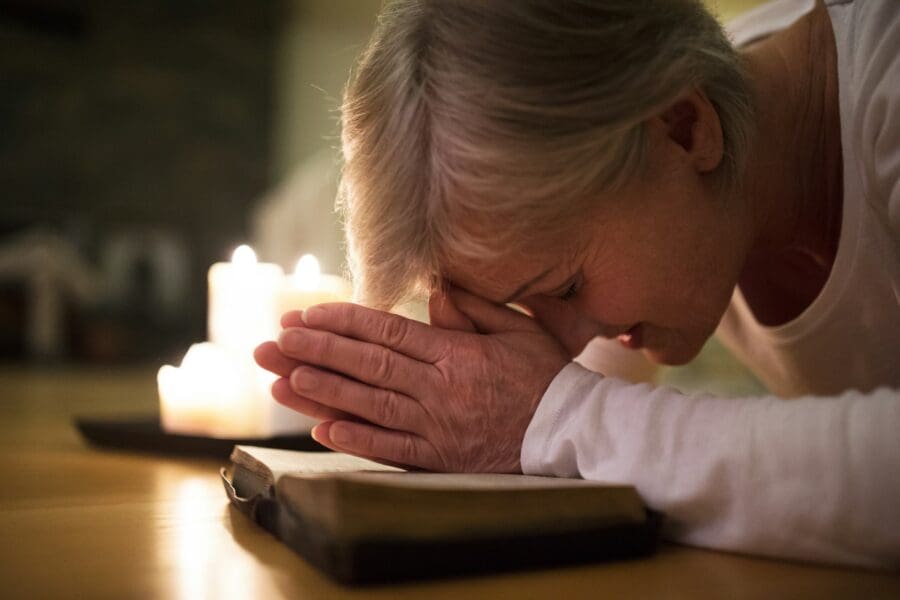
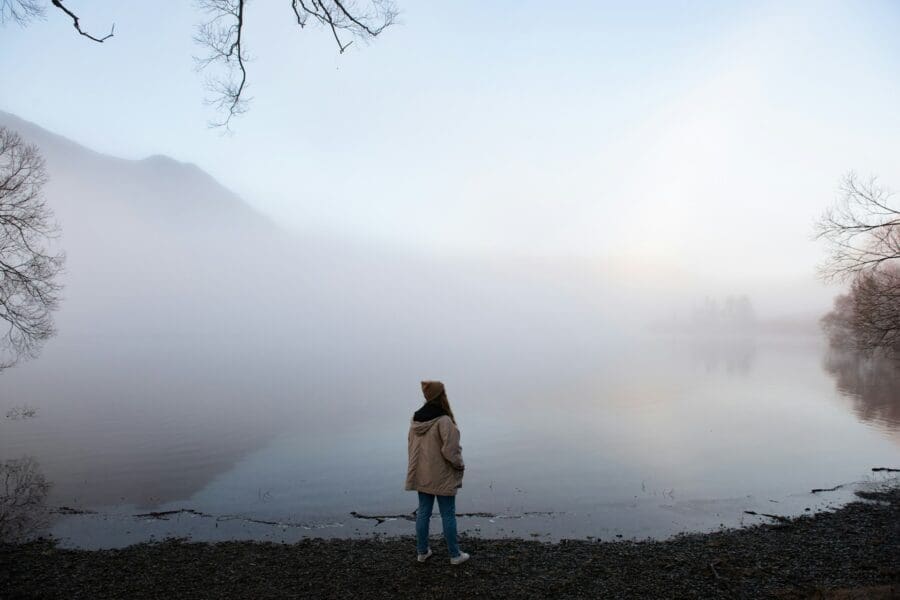
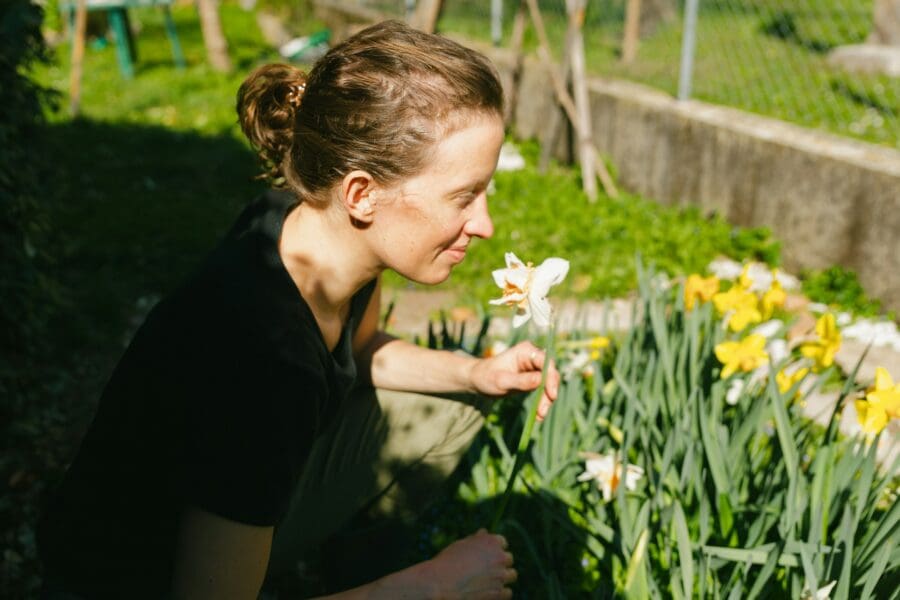
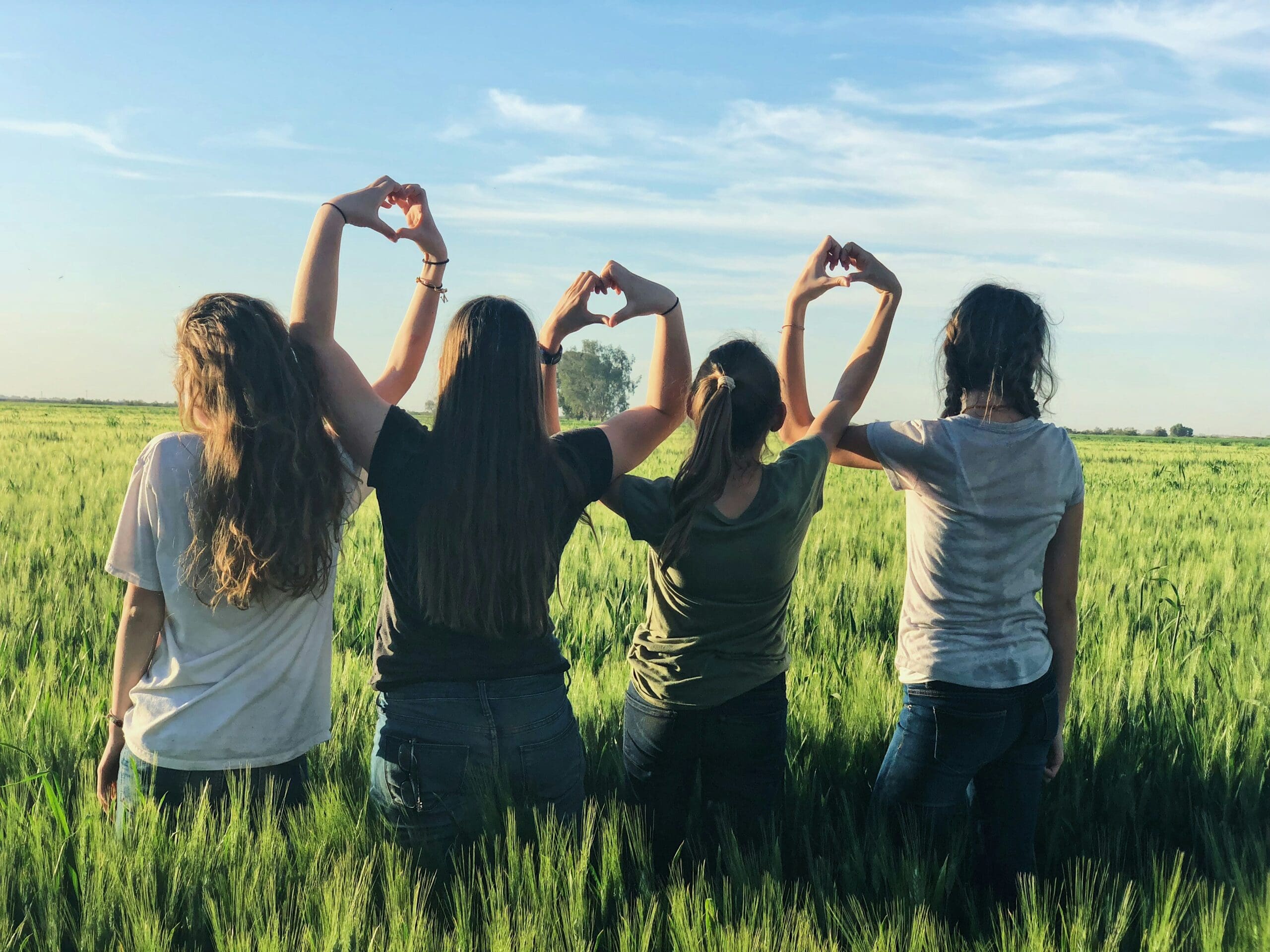
Leave a Comment